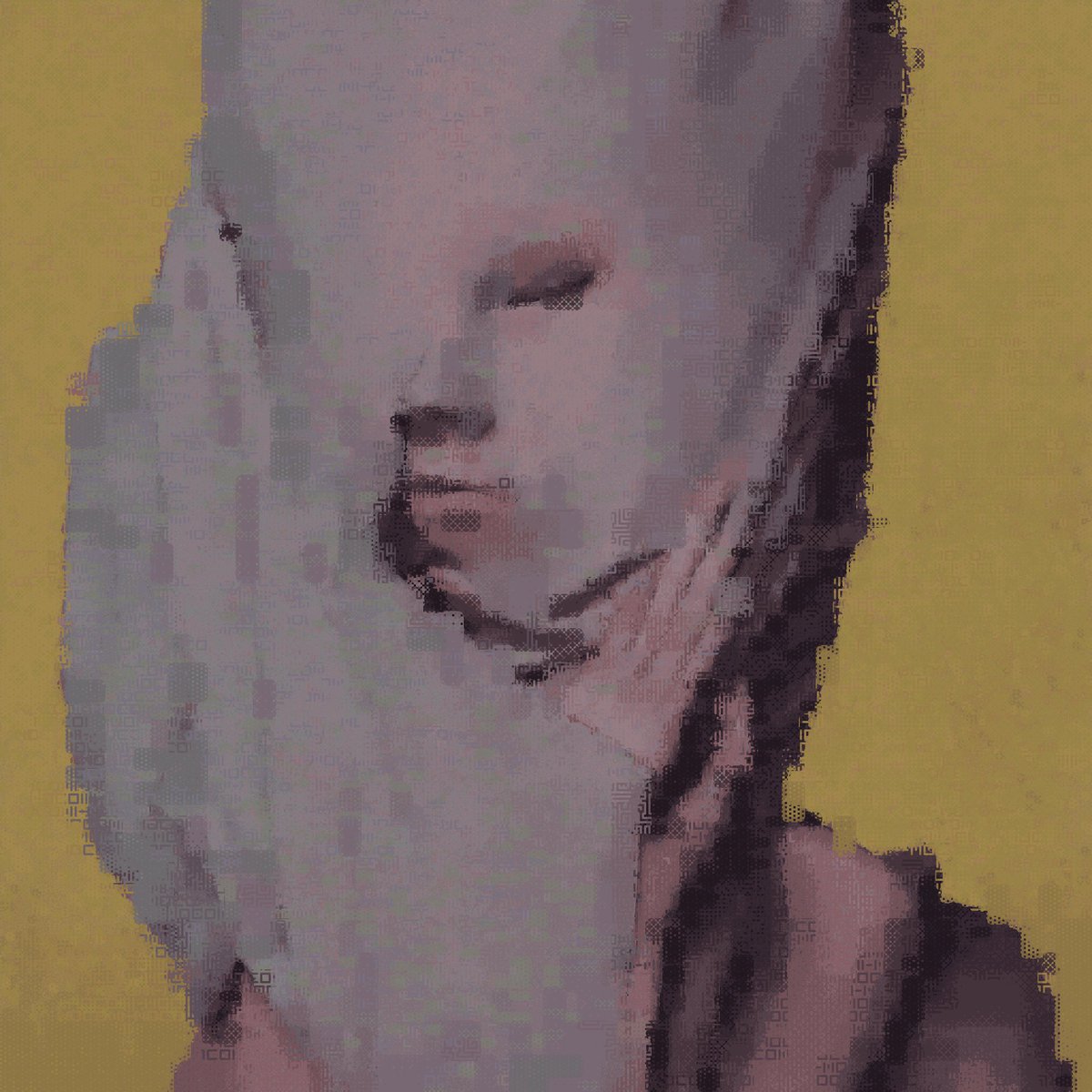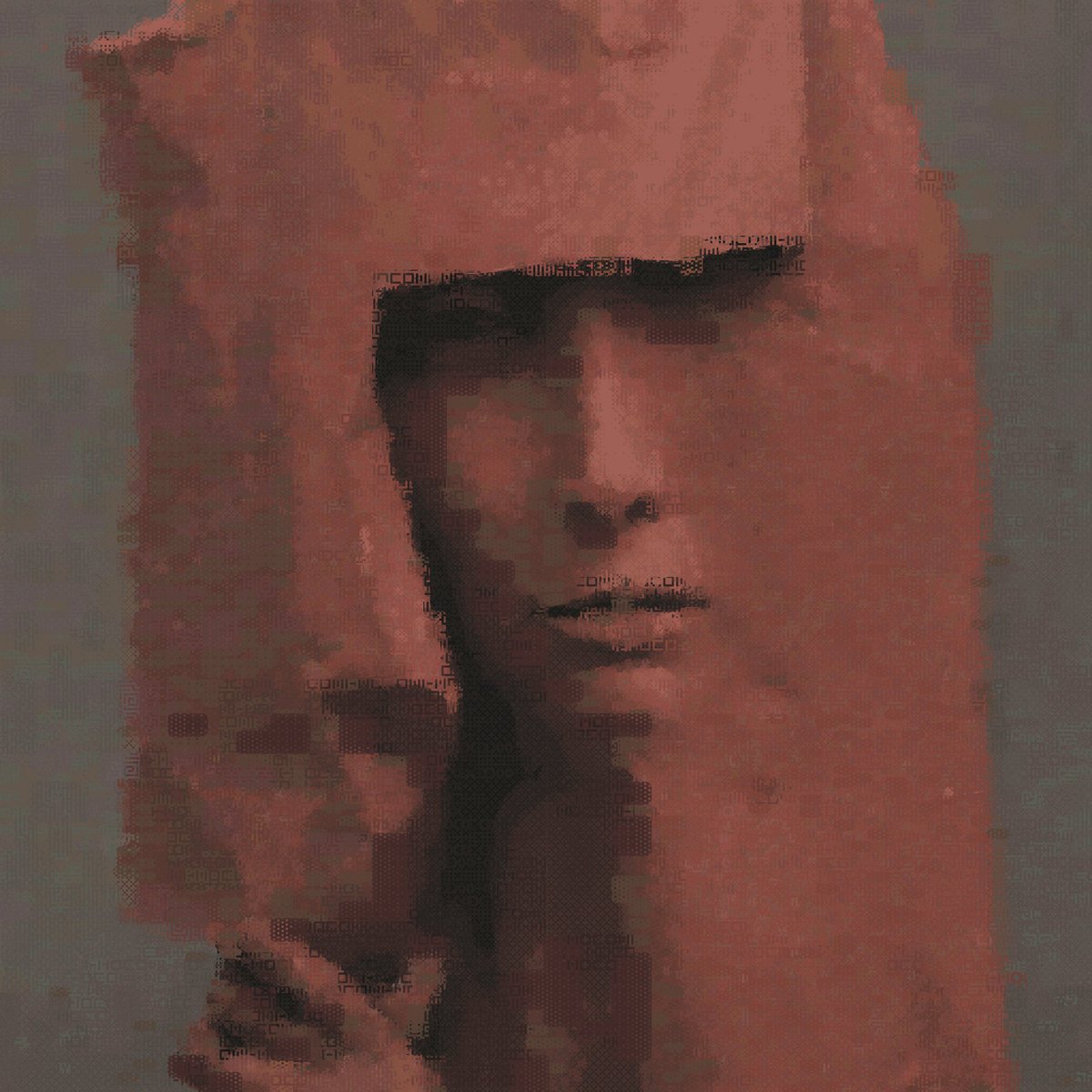
I've just published my first collection "MOKOMI" . 0.1 ETH reserve. 🧵
foundation.app/collection/mkm…
#NFTCollection #NFTs #generativeart



foundation.app/collection/mkm…
#NFTCollection #NFTs #generativeart




“Mokomi” is deeply personal exploration of the struggles and challenges associated with the common mental health conditions such as anxiety and panic attacks. This collection as a whole is a moving exploration of the challenges and struggles I faced living with these conditions.
The artwork, titled "The Weary Mind's Lament," is an ornate portrayal of a person struggling with the overwhelming burden of mental fatigue. Intricate patterns and swirling details reflect the chaos and turmoil of the subject's overwhelmed mind.
The second artwork in the series, titled "The Melancholic Folklore," is representation of the struggle with overwhelming sadness.
"The Sovereign Salt"
In the midst of swirling chaos,
A single figure stands tall and proud,
Surrounded by symbols of sovereignty and power,
Their gaze fierce and unyielding,
Reflecting the spirit of the independent mind.
In the midst of swirling chaos,
A single figure stands tall and proud,
Surrounded by symbols of sovereignty and power,
Their gaze fierce and unyielding,
Reflecting the spirit of the independent mind.
"The Contemplative Shopper"
Around them, the world of commerce swirls,
Bright colors and glittering objects,
A symphony of desire and temptation,
But the contemplative shopper remains unmoved,
Lost in their own private musings.
Around them, the world of commerce swirls,
Bright colors and glittering objects,
A symphony of desire and temptation,
But the contemplative shopper remains unmoved,
Lost in their own private musings.
• • •
Missing some Tweet in this thread? You can try to
force a refresh




